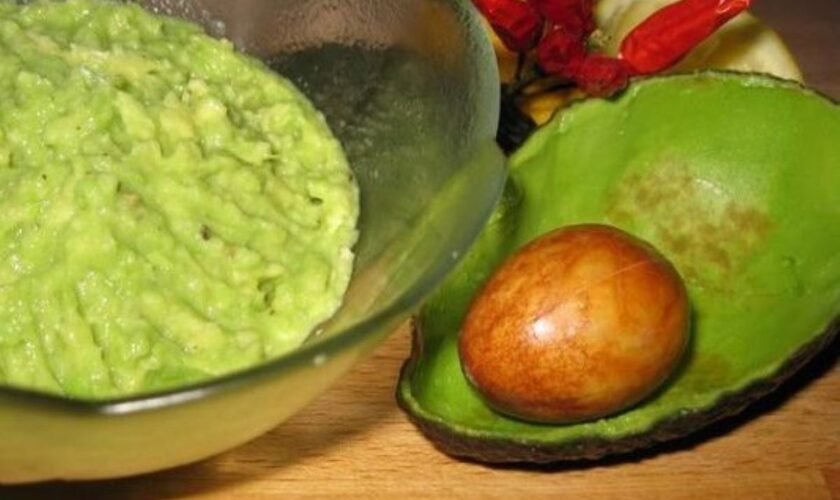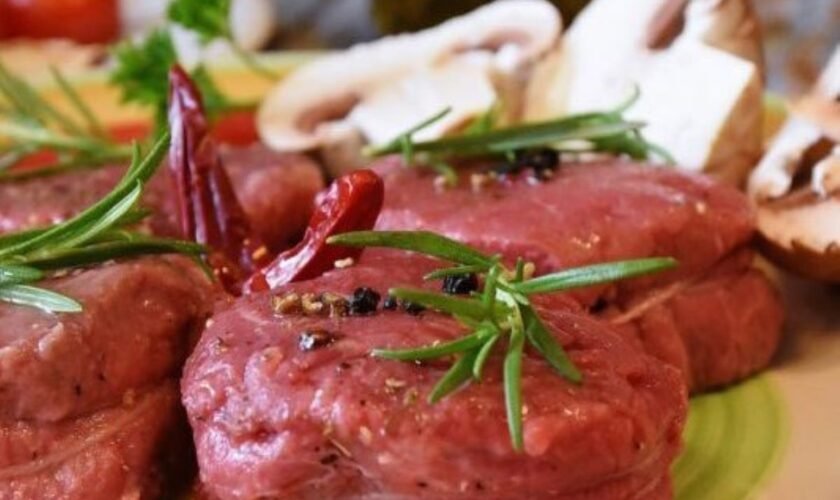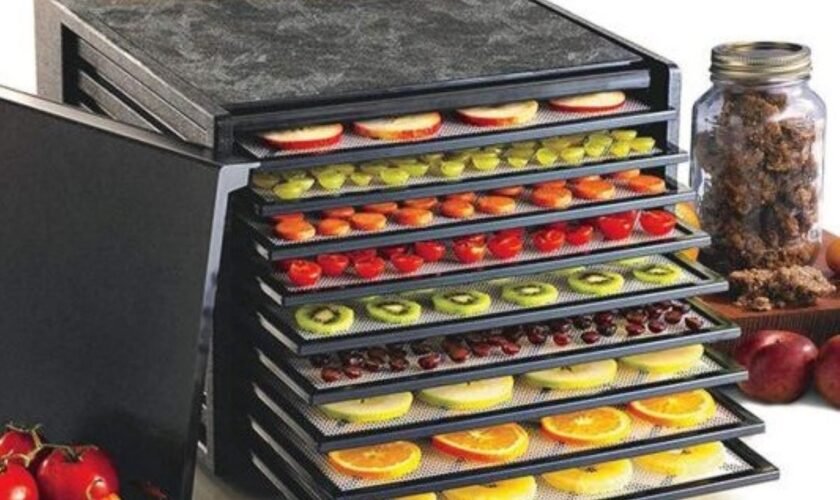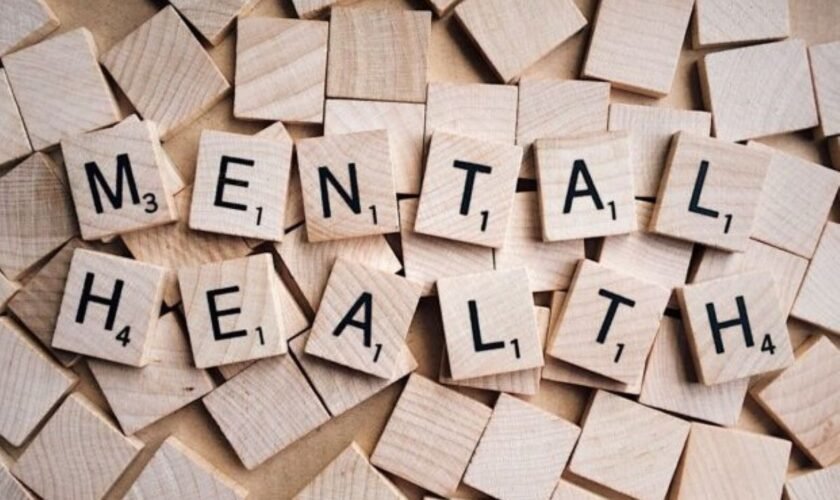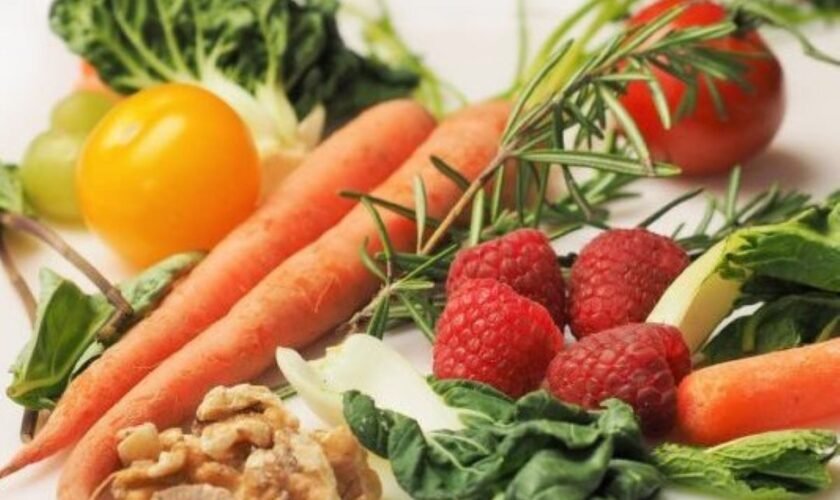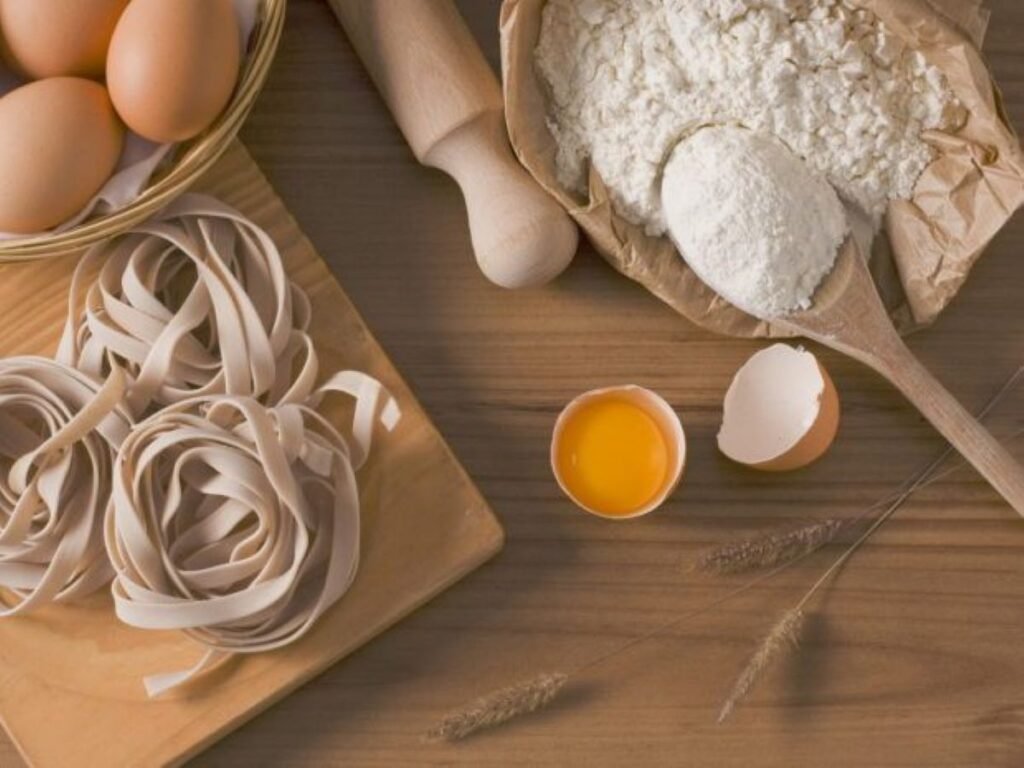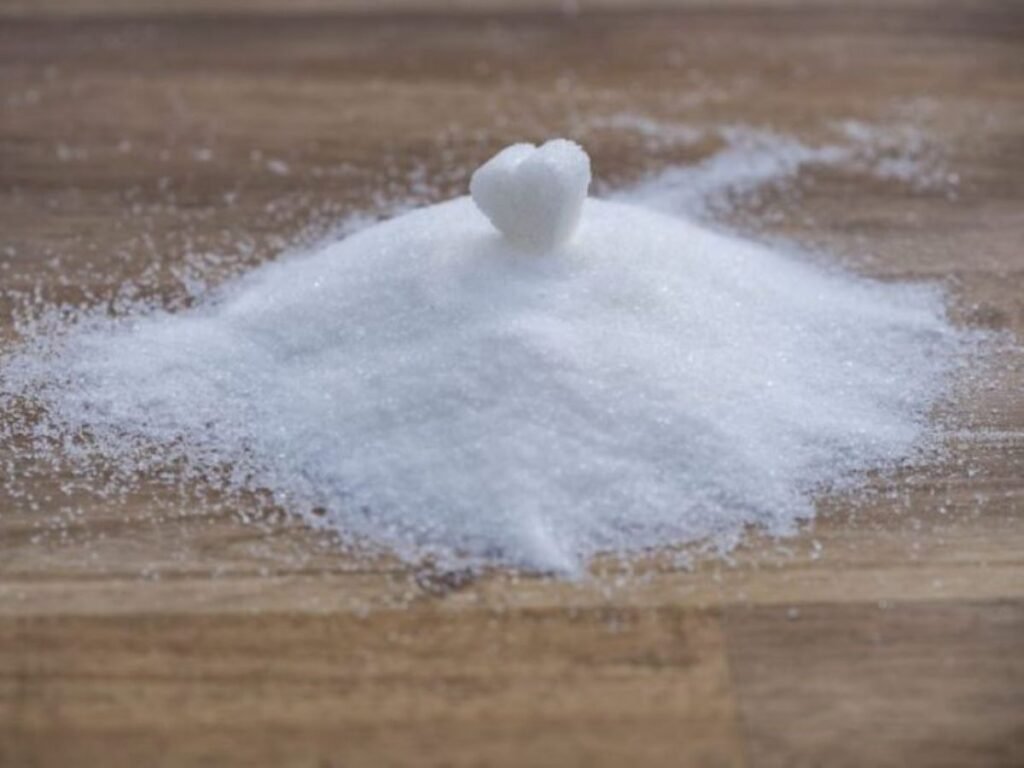Month: May 2019
A creamy delectable dip made with the goodness of avocados. Try this quick and easy guacamole recipe to serve at your next fiesta.
Today I’m sharing another post from my friends over at MadeByHemp. Since it’s Monday and the start of a brand new week, what better way to start than to share some tips on how […]
In my weight loss journey, I have tried several diets and meal plans in my efforts to lose weight. Out of all the diets, I have tried, the only one that works and that […]
I first discovered dehydrators when I was on the Paleo diet and looking to replicate foods like dried game meats and venison that were eaten by our Paleolithic ancestors. Dehydrators are used to dehydrate […]
The majority of this blog focuses on illustrating how we can use food and recipes as catalysts for weight loss and overall good physical health. However, to achieve a balanced and happy life, it […]
As long as we are eating the right kinds, food is the cure for much of what ails us health-wise. When it comes to losing weight, we might feel that eating less food will […]

